Being Black Where Black Feels Unwanted
Photo of Clayton high School student and Globe reporter, Aylah Hooper posed in the studio.
The School District of Clayton prides itself on being a,“Place for Everyone in Head and Heart.” However, in my 12 years as a Black student in the District, I have found that it has been hard to carve out a place of belonging in a predominantly white institution.
I have often wondered if Black people are being used to make the School District of Clayton appear more diverse and build up its diversity quota, not because they are truly welcome. In my time within the district, I have faced plenty of racial adversity that has shaped my academic experience, in both subtle and overt ways. For me, the perpetual problem of my experience in Clayton has been one of isolation; both of being the only Black student in a sea of white classes as well as being picked out of the bunch and targeted.
Typically, I am the only Black girl in my classes and because of that, I have been treated as such by peers and teachers. A particular memory that sticks to me took place in seventh grade. In a math class full of rowdy white kids I, the only Black girl, was watched and expected to make a mistake significantly more than everyone else. My teacher went so far as to follow me, one individual student, to the water fountain while leaving the entire class un- attended in fear that I would cause trouble in the halls.
Many Black students go through this feeling of isolation because their skin color does not match the majority. Clayton, as a Predominately White Institution (PWI), can be a difficult space for students of col- or. In reference to being one of few African American students in many of his classes, Senior Calvin Swinney has experienced this first hand, “It makes me feel kinda weird…I can’t connect with them [white students].”
The demographic structure of the Clayton School District makes it increasingly hard for Black students to make the connections, both personally and culturally, necessary to foster a true sense of belonging.
It is evident that the School District of Clayton as a whole has tried very hard to help Black students to thrive academically in a space that welcomes people that look like them, but are their efforts being perceived as beneficial for us?
At the University of North Carolina at Chapel Hill, Assistant Professor Constance Lindsay conducted a study, showing when a student is educated in a classroom with a teacher that looks like them, the student performs better. Because of studies like this, the District has made various efforts to hire Black teachers, specifically at Clayton High School. As a result, some students felt that the simple act of hiring more Black teachers has illustrated an effort to meet a diversity quota.
Senior Brooklyn Hicks said she feels their attempt at expanding the diversity in the staff is “just for the image,” not because the District actually desires to have more Black people in the building, but more so we as a school can look more progressive than what we really are. It is not just students who have struggled with finding their place in Clayton, African American teachers have had to go through adjusting to their environment just as much.
Several Black faculty members at CHS also expressed an inability to feel fully embraced in such a white space. Erika Whitfield, CHS English Teacher said, “Somedays it is absolutely exhausting and some days it’s empowering.” Whitfield considers it empowering because she has the ability to educate students on things they may not know about due to lack of exposure.
However, despite hiring more Black teachers for the academic success of the students, the voices of those Black teachers can be dimmed. For example, CHS English teacher Raychelle Martin was inaccurately accused of teaching Critical Race Theory (CRT) by a parent after she brought in multiple perspectives to a lesson in her class. Claims like the one Martin experienced can deter Black teachers from teaching about their race and culture because of the worry of being accused of teaching CRT or indoctrinating students. While the effort from the District in terms of increasing diversity amongst the staff is appreciated; it is only a small piece of a much bigger puzzle of making the district truly inclusive.
If the District honestly wants to be inclusive, micro aggressions in classrooms from white teachers need to be properly addressed. Micro aggressions like daily mistakes, made by white teachers, include confusing the only two Black students in the class. These unaddressed issues are what created the District’s inability to be inclusive.
While this mistake is bound to happen when you are beginning to know your students, when a teacher continuously confuses one Black student for another but is able to conveniently differentiate the multiple white students with the same name from each other, it is no longer a careless mistake. Although we can see this as a human error, what teachers fail to realize is every time this happens it sets the District further back in terms of its progression to be the all-inclusive school they aspire to be.
I can acknowledge, however, that as a Black person it is more difficult for me to differentiate people of different races than my own. This phenomenon is known as the “other-race effect” and has been well-documented in various studies, one of which was conducted by Professor emeritus of psychology at the University of Texas at El Paso, Roy Malpass.
However, as a teacher in a predominantly white space with few Black students, in order to show you care about them and really want them to be accepted for who they are; you have to put in the extra effort to know their names. A common trend among a lot of African Americans in our school is they feel as though they have to tread lightly to a certain degree so their authentic selves aren’t perceived as “too much” for this white space.
Whitfield said, “Being Black is a duality…I was conditioned for a long time to present myself one way in one space and present myself another way in another space… As I’ve gotten older and have my own children, I’m not okay with that anymore.”
This act of living in a dual reality is the experience for many Black people and it is called code-switching.
In order for Clayton to show itself as really wanting its African American staff and students to thrive in the space, the pressure to be someone different needs to be released. I code-switch so my dialect is not depicted as ghetto, unprofessional, or most importantly so I am not mocked. Far too often am I in the spotlight of many ill-humored jokes because of the way I speak. I code-switch to put up a guard when I do not feel my authentic self will be accepted.
Fortunately, not every Black student at Clayton can relate to not feeling included. Junior Branden Wooten said “my experience being a Black student at Clayton has been great…I feel comfortable to say or do anything without getting judged.” The efforts of the district to help African American students have been felt by some but not all and that is where the problem lies. In order for all Black students to feel wanted in this space; everyone needs to feel the sincerity behind the district’s actions.
A $50 or more donation includes a subscription to the Clayton High School Globe 2024-2025 print news magazine.
We will mail a copy of our issues to the recipients of your choice.
Your donation helps preserve the tangible experience of print journalism, ensuring that student voices reach our community and that student democracy thrives.
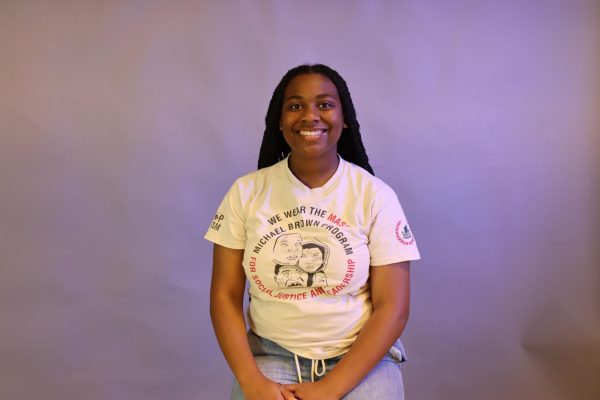
Aylah Hopper is currently a senior and is a reporter for the Globe. Additionally, Aylah enjoys basketball, reading and writing. She is a part of the Black Student Union, BSAP (Black...



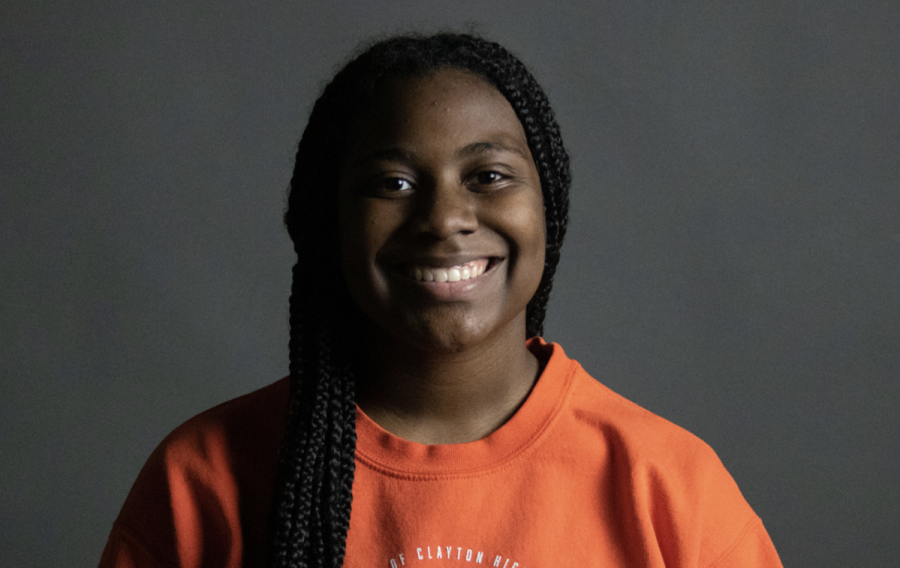
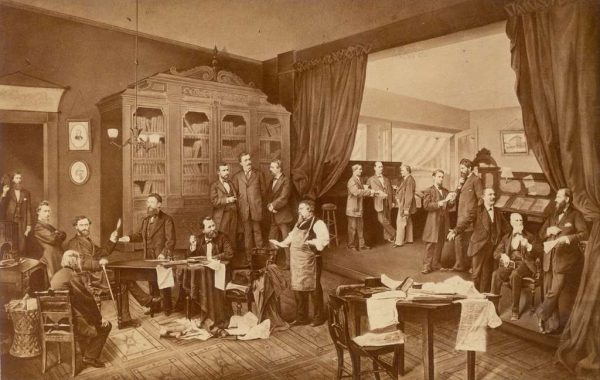

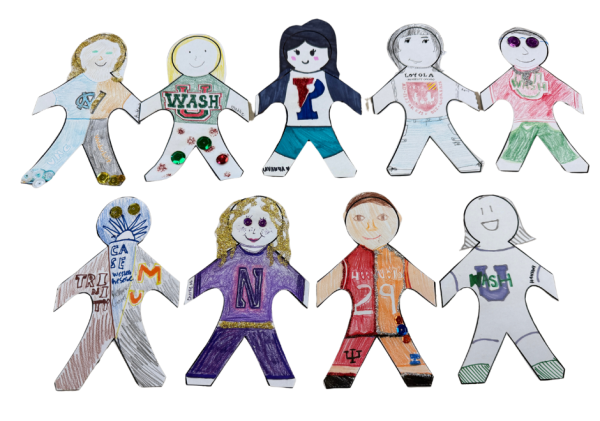

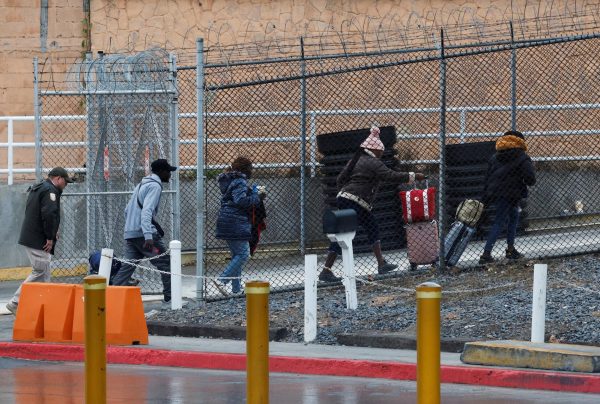
Myron Fletcher • Aug 30, 2023 at 10:53 am
Aylah, thank you for sharing your incredible strength and purpose with us. Great job and I can’t wait to read more in the future.
Josh Meyers • May 9, 2023 at 12:09 pm
Aylah, this is a great piece- thank you for being willing to be vulnerable and for sharing this with me 🙂
Vicki Ferris • Apr 15, 2023 at 3:37 pm
Great job with this article, Aylah! I hope you and your family are doing well.
Daden Deaver • Mar 16, 2023 at 3:00 pm
This was awesome Aylah!